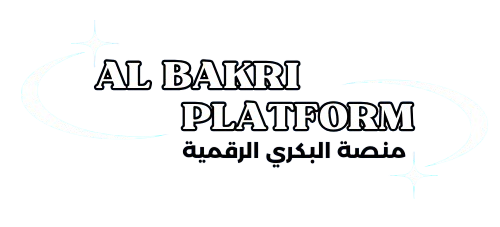how to build a web site using deepseek
Building a website using DeepSeek involves leveraging its AI capabilities to enhance various aspects of web development, such as content generation, design suggestions, or even code assistance. Below is a step-by-step guide on how to build a website using DeepSeek:

Step 1: Define Your Website’s Purpose and Goals
- Objective: Determine what your website is for (e.g., blog, portfolio, e-commerce, business).
- Target Audience: Identify who your website is for.
- Features: List the features you need (e.g., contact form, blog section, payment gateway).
Step 2: Choose a Tech Stack
Decide on the tools and technologies you’ll use:
- Frontend: HTML, CSS, JavaScript, React, or Vue.js.
- Backend: Node.js, Python (Django/Flask), PHP, or Ruby on Rails.
- Database: MySQL, PostgreSQL, or MongoDB.
- Hosting: AWS, Google Cloud, Vercel, or Netlify.
DeepSeek can help you decide by analyzing your requirements and suggesting the best tech stack.
Step 3: Use DeepSeek for Planning and Design
- Wireframing: Use DeepSeek to generate wireframes or design ideas. Describe your website layout, and DeepSeek can suggest UI/UX improvements.
- Content Generation: Use DeepSeek to write website content, such as blog posts, product descriptions, or About Us pages.
- Color Schemes and Typography: Ask DeepSeek for recommendations on color palettes and fonts that align with your brand.
Step 4: Develop the Website
- Frontend Development:
- Use DeepSeek to generate HTML/CSS/JavaScript code snippets for specific components (e.g., navigation bars, buttons, or sliders).
- Ask DeepSeek for help with responsive design or accessibility best practices.
- Backend Development:
- Use DeepSeek to write server-side code (e.g., APIs, database queries, or authentication logic).
- Debug code by asking DeepSeek to identify and fix errors.
- Database Setup:
- Use DeepSeek to generate SQL queries or NoSQL schemas for your database.
Step 5: Integrate AI Features (Optional)
- Chatbots: Use DeepSeek to create a chatbot for customer support.
- Personalization: Implement AI-driven content recommendations or user behavior analysis.
- Search Functionality: Use DeepSeek to enhance search capabilities with natural language processing (NLP).
Step 6: Test and Debug
- Use DeepSeek to write test cases or debug issues in your code.
- Ask DeepSeek for suggestions on improving website performance (e.g., optimizing images, reducing load times).
Step 7: Deploy the Website
- Use DeepSeek to generate deployment scripts or guide you through the hosting process.
- Ask DeepSeek for recommendations on the best hosting platform based on your website’s needs.
Step 8: Maintain and Update
- Use DeepSeek to monitor website performance and suggest updates.
- Regularly update content or features with DeepSeek’s assistance.
Example Workflow with DeepSeek
- Prompt: “Generate a responsive navigation bar in HTML and CSS.”
- Prompt: “Write a Python Flask API for user authentication.”
- Prompt: “Suggest a color palette for a tech blog.”
- Prompt: “Debug this JavaScript code for a slider component.”
- Prompt: “Help me deploy my React app on Vercel.”
By integrating DeepSeek into your workflow, you can save time, improve efficiency, and create a more polished website. Let me know if you need help with specific parts of the process!
